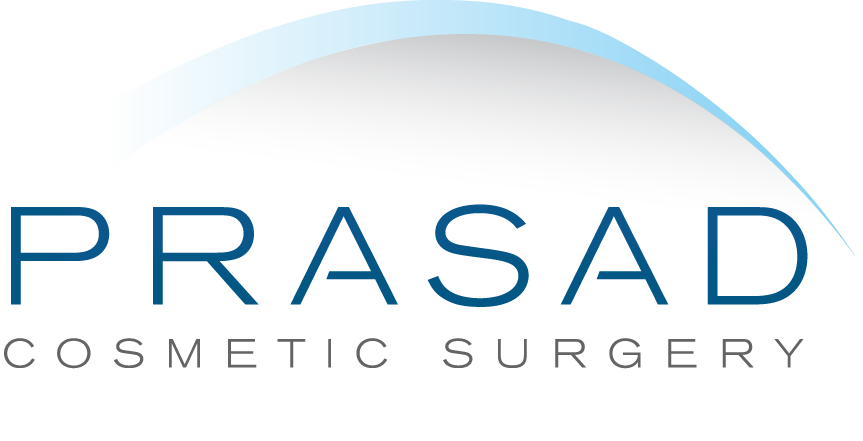Ptosis FAQ Videos
What Causes Ptosis?
Eyelid ptosis can be either hereditary or developed later on in life. Acquired ptosis denotes eyelid ptosis that occurs later on in life, while hereditary ptosis is ptosis that one is born with.
People with hereditary ptosis display differences in the levator muscle in terms of the levels of severity and muscle function. Ptosis that develops later on is caused when a physical volume, such as tissue, interferes and affects the function of the eyelid called “mechanical ptosis”.
Ptosis that is acquired may also develop due to muscular or aponeurotic ptosis. This refers to the stretching, thinning and eventual weakening of the levator muscle and can occur after a patient has had eye cataract surgery or Lasik vision surgery.
Do I Have Eyelid Ptosis or Extra Skin?
How Can I Tell if I Need Blepharoptosis or Blepharoplasty?
The position of the eyelid relative to the pupil is a key factor in determining whether you need blepharoptosis repair or blepharoplasty. Blepharoptosis pertains to the eyelid margin being lower than it should be and can be addressed by blepharoptosis repair. Dermatochalasis denotes excess skin over the eyelids, which causes that hooded, tired-looking appearance which can be corrected by undergoing a blepharoplasty procedure.
Unfortunately, it is common for ptosis to be overlooked because a plastic surgeon assumes that performing blepharoplasty will automatically improve the look of drooping eyelids. This leads to the eyelids still looking droopy, in spite of just having the surgery. On the other hand, it is not unusual for some people to have both dermatochalasis and blepharoptosis, which can sometimes pose a challenge when formulating a proper diagnosis and surgical plan.
During a preliminary checkup, Dr. Amiya Prasad determines whether a patient has ptosis by lifting up the excess skin to see if it improves the eyelid margin or not. If the eyelid margin is still low, then it is safe to assume that the patient has eyelid ptosis, which can be easily fixed with the proper surgery.
How Can I Fix One Drooping Eye?
Who Should Perform Ptosis Surgery?
What are the Risks of Ptosis Surgery?
The risks of ptosis surgery can be categorized into two types:
(1) Risks common to general surgery
(2) Risks specific to ptosis surgery
Like any other type of surgery, there is always a risk with regard to the kind of anesthesia used–whether it is local, local with sedation, or general. There is also the concern of too much bleeding, swelling and risk of infection.
Risks that are directly connected to ptosis surgery are the following:
(1) Under-correction of ptosis (eyelid still sags even after surgery)
(2) Over-correction of ptosis (eyelid is too open even after surgery)
(3) Disagreeable cosmetic appearance, scarring, infection and swelling.
It is important for patients to discuss these risks with their surgeon in order to avoid complications.
